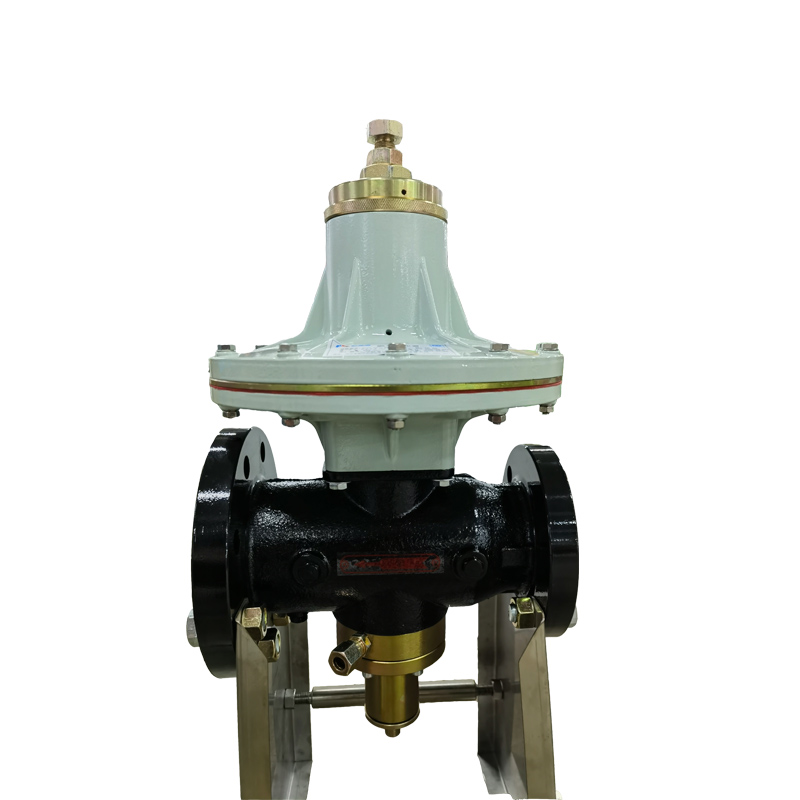
Dec . 30, 2024 04:40
Back to list
Efficient Separation Techniques Using Cyclone Separators for Industrial Applications
Understanding Cyclone Separators An Overview
Cyclone separators are widely utilized in various industrial applications to separate particles from gas streams. As a form of mechanical separator, cyclone separators operate without the need for moving parts, harnessing the energy from the flow of gas to create centrifugal forces that can effectively separate particles based on their size and density. This article aims to explore the principles behind cyclone separators, their design, operational efficiency, and applications across different industries.
Principles of Operation
Cyclone separators work on the fundamental principle of inertia. When a gas stream containing particulate matter enters the cyclone separator tangentially, it spirals downwards, creating a rotational motion. This swirling action generates centrifugal forces that push heavier particles towards the outer walls of the separator. As the particles collide with the walls, they lose momentum and fall to the bottom of the cyclone, where they are collected.
The lighter particles and gases, meanwhile, continue to move inwards and upwards to the exit outlet located at the top of the cyclone. The design of the cyclone and the characteristics of the gas stream—such as velocity and pressure—play crucial roles in determining the separator's efficiency. The performance of a cyclone separator can be influenced by several factors, including the diameter of the cyclone, the inlet velocity, and the feed concentration of particles.
Design Features
The design of a cyclone separator can vary significantly depending on its intended application. However, the typical cyclone features a cylindrical body, a conical section, and an inlet and outlet for gas and particles. The cyclone's shape allows for effective separation and minimizes pressure drop, which is particularly important in systems where energy efficiency is a concern.
Different types of cyclone separators are available, such as single-cyclone and multi-cyclone systems. Multi-cyclone systems consist of multiple cyclones operating in parallel, which increases the overall separation efficiency and allows for handling larger volumes of gas with a reduced pressure drop.
cyclone separator

Efficiency Factors
One of the important metrics for cyclone separators is the collection efficiency, which refers to the percentage of particles removed from the gas stream. This efficiency is influenced by various factors, such as the particle size distribution, the density of the particles, and the operational parameters of the cyclone.
Typically, cyclone separators are more effective at capturing larger particles. Fine particles may not have sufficient inertia to be separated effectively and can carry over to the gas outlet. To enhance the performance for finer particles, cyclone separators can be used in combination with other filtration methods, such as bag filters or electrostatic precipitators.
Applications
Cyclone separators find their applications across a diverse range of industries. In the manufacturing sector, they are often used to capture dust and particulate matter generated during processes like milling, grinding, and cutting. In the power generation industry, especially in coal-fired power plants, cyclone separators are employed to remove fly ash from the flue gas before it is released into the atmosphere.
In the chemical processing industry, cyclones play a crucial role in recovering powders from the production of chemicals, pharmaceuticals, and other materials. Additionally, they are used in the food industry for applications such as removing seeds and husks from products during processing.
Conclusion
In summary, cyclone separators are vital components of various industrial processes, providing an efficient means of separating particles from gas streams. Their simple yet effective design, coupled with their ability to operate without moving parts, makes them a reliable choice for many applications. As industries continue to seek improved efficiency and adherence to environmental regulations, the role of cyclone separators will likely expand, highlighting their importance in modern manufacturing and environmental management practices.
Latest news
-
Safety Valve Spring-Loaded Design Overpressure ProtectionNewsJul.25,2025
-
Precision Voltage Regulator AC5 Accuracy Grade PerformanceNewsJul.25,2025
-
Natural Gas Pressure Regulating Skid Industrial Pipeline ApplicationsNewsJul.25,2025
-
Natural Gas Filter Stainless Steel Mesh Element DesignNewsJul.25,2025
-
Gas Pressure Regulator Valve Direct-Acting Spring-Loaded DesignNewsJul.25,2025
-
Decompression Equipment Multi-Stage Heat Exchange System DesignNewsJul.25,2025

